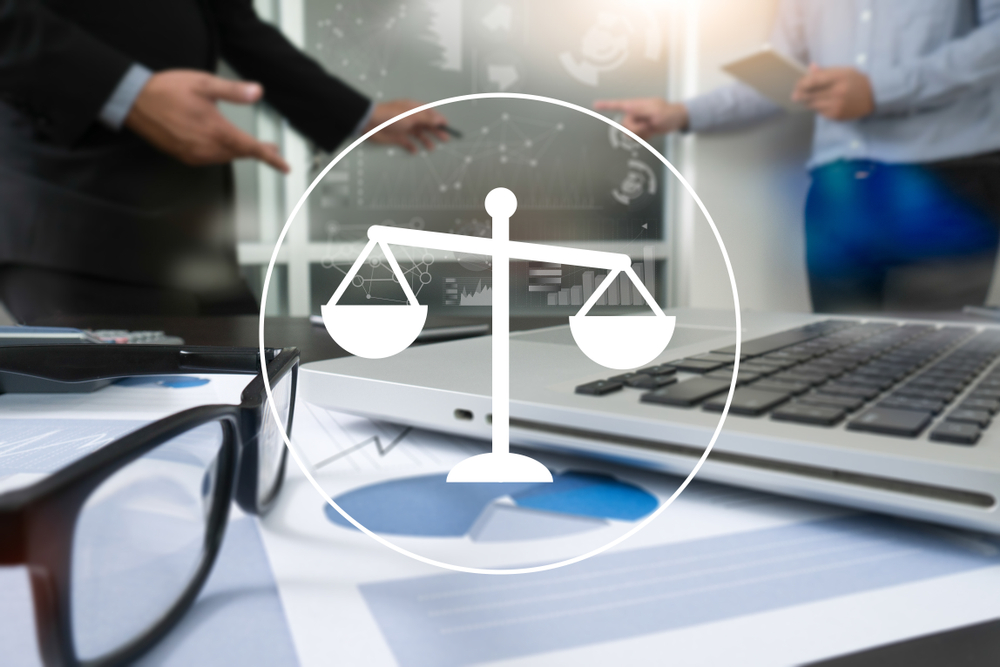Geopolitics is taking centre stage at an annual mining bash in outback Australia, as companies join team United States or stick with China in the clean energy race.
Gareth Manderson, CEO of Core Lithium, said on Tuesday he was aware there were “aspirations” to ramp up critical minerals processing outside China.
But he has China’s Sichuan Yahua as a longstanding customer and an off-take deal with Ganfeng Lithium – each for 300,000 tonnes of spodumene concentrate to be shipped out from the Finniss mine near Darwin.
“The bulk of the conversion capacity is in China, which means that’s where the customer base is,” he said during day two of the Diggers and Dealers Mining Forum in Kalgoorlie.
In contrast, the boss of lithium company Liontown Resources, Tony Ottaviano, said his strategy from the very beginning was to be “ex-China”.
Liontown’s flagship project in Western Australia’s Kathleen Valley, 680km northeast of Perth, has 90 per cent of its future lithium production secured by Tesla, Ford and LG, and has added Japan’s Sumitomo Corporation as an ally.
Sumitomo has a joint study with Liontown for the production of lithium hydroxide in Japan, which is used in lithium-ion batteries for electric vehicles and battery storage.
“Securing its stable supply is an urgent issue,” Sumitomo said in a statement.
Australia’s top lithium producer Pilbara Minerals upgraded its reserves and expects to produce more than one million tonnes a year.
CEO Dale Henderson said he also expects the battery minerals supply chain to remain Asia-centric, for now.
Pilbara remains primarily focused on selling to China, but has a joint venture with South Korea’s POSCO, covering another giant car market.
The demand to extract more without further adding to climate change is another conundrum, prompting more focus on recycling in-demand elements.
“There’s a lot of merit in being a second mover here, or a fast follower,” Mr Ottaviano said.
Further, consumers, investors and governments are requiring higher environmental, social and governance (ESG) standards.
“One of the beautiful things, over and above the ESG tailwinds, is the European batteries regulations that are coming in,” said Chris Reed, CEO of sustainable battery materials producer Neometals.
Last month, the European Union regulated the entire life cycle of batteries in a move that applies to all batteries, including electric cars, scooters, industrial and machinery.
The more stringent requirements accompany beefed-up subsidies, which the European Union scaled up in response to $US1.2 trillion of American measures to break their reliance on China for battery minerals.
“Recycling is needed to create resilient supply chains,” Mr Reed said.
“To put the size of the opportunity (into context) … by 2030 there will be 600 billion euros worth of recoverable materials in batteries in Europe.”
European automakers – like the Americans – will also be required to trace where their minerals and components come from, which is pushing them to friendly jurisdictions such as Australia.
Nickel sourced from Indonesia, for example, has been developed with Chinese capital, which may rule it out for use by American industries.
Chalice Mining CEO Alex Dorsch said nickel from his Gonneville project between Muchea and Toodyay in WA’s central wheatbelt would be very low-carbon and have high sustainability standards.
“The sustainability challenges are becoming very obvious to all participants,” he said.
Mr Dorsch said it was surprising the federal government made a critical minerals pact with Indonesia, but said it “might actually be a necessary piece of the puzzle”.
Indonesia’s massive nickel resources and Australia’s world-leading lithium could combine and move both countries up the value chain for battery and electric car production.
Marion Rae
(Australian Associated Press)





